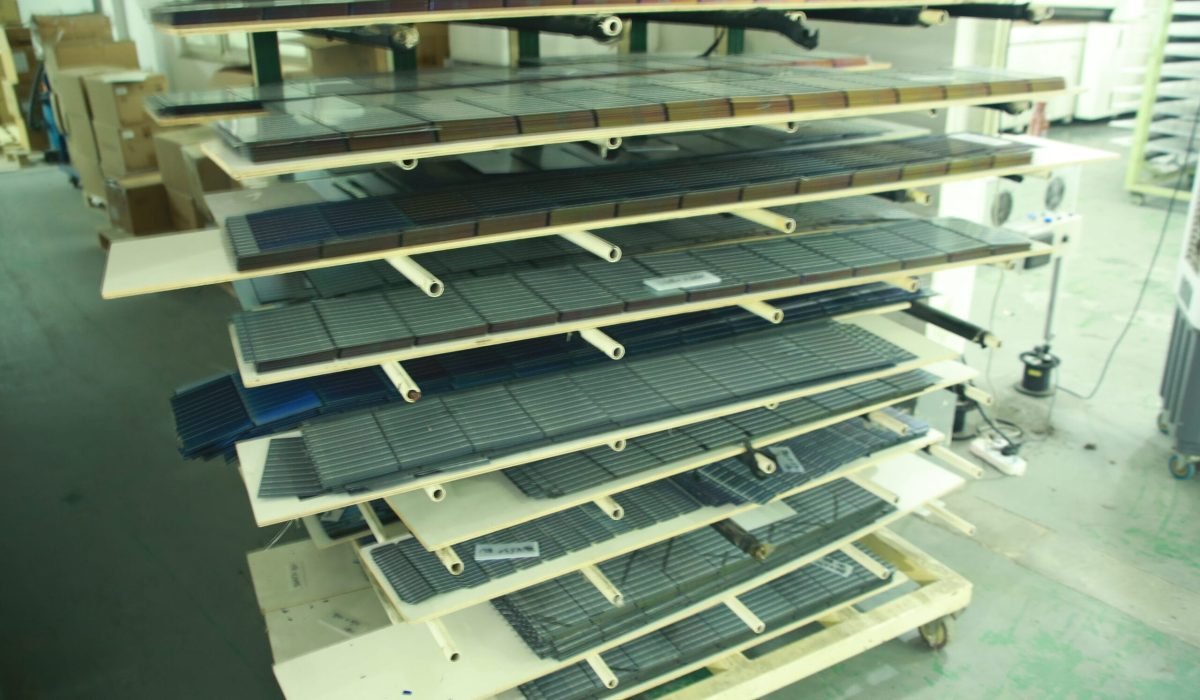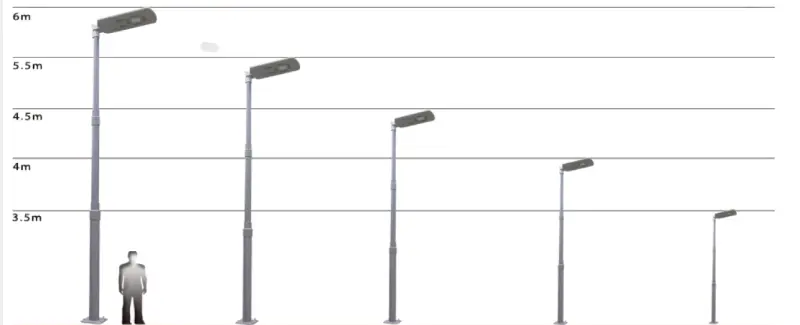Looking for reliable street lighting that fits tight municipal budgets?
All-in-one solar lights offer integrated design, low installation cost, and zero electricity bills—perfect for cities and towns working with limited funds.
In the past five years, I’ve helped multiple municipalities across Africa implement solar street lighting. When budget is tight, smart procurement matters more than ever. This guide shares what works—and what to avoid—when choosing cost-effective solutions.
Why All-in-One Solar Lights Are Ideal for Municipal Use?
All-in-one models combine solar panel, LED lamp, battery, and controller into a single unit. That means faster installation, fewer components, and lower maintenance—all key for public projects.
They simplify deployment and reduce both upfront and ongoing costs for local governments.
| Feature | Benefit for Municipal Projects |
|---|---|
| Integrated Battery + Panel | No separate parts or complex wiring |
| No Grid Connection Needed | Cuts trenching, cabling, and energy costs |
| Fast Installation (≤30 min) | Reduces labor charges and traffic disruption |
| Maintenance-Free (5–8 yrs) | Ideal for rural or low-staff areas |
| IP65 Waterproof + Anti-Rust | Works in rain, coastal zones, and dusty regions |
💡 Pro Tip: Cities can cut lighting project costs by 40–60% using all-in-one solar models compared to grid-tied street lights.
Top 3 Budget-Friendly Models for Public Use?
In public tenders or NGO-funded programs, these are the models I recommend most often.
Each balances affordability with solid performance and field-tested reliability.
✅ Model 1: 40W Integrated Solar Street Light
- Best for: Residential roads, community areas
- Battery: 3.2V 18Ah LiFePO4
- Lighting Time: 2–3 nights after full charge
- Mounting Height: 4–5 meters
- Lumen Output: ~4,800 lm
- Estimated Price: $38–$48 (FOB China)
✅ Model 2: 60W Value Model with Motion Sensor
- Best for: Secondary roads, parks
- PIR Sensor: Saves power with brightness adjustment
- LED Chip: 130 lm/W efficiency
- Battery: 3.2V 24Ah LiFePO4
- Lumen Output: ~7,800 lm
- Estimated Price: $55–$65
✅ Model 3: 100W Economic High-Mast Solar Light
- Best for: Road crossings, rural highways
- Mounting Height: 7–9 meters
- Lighting Mode: Smart time control + motion
- Lumen Output: 10,000–12,000 lm
- Estimated Price: $75–$88
What to Look for When Choosing Budget Solar Lights?
Cheap isn’t always cost-effective. Durability, lumen output, and battery capacity matter for long-term savings.
Use a checklist before buying to ensure lights meet municipal-level standards.
| Criteria | Recommendation |
|---|---|
| Solar Panel Wattage | ≥18V / ≥40W (for 60W–100W light models) |
| Battery Type | LiFePO4 or Lithium-ion with ≥5-year lifespan |
| Lumen Output | Minimum 100 lm/W for wide-area illumination |
| Warranty | At least 2 years; ask for full specs in PDF |
| Certificates | CE, RoHS, ISO9001, or local bidding compliance |
🛠 Don’t forget: Ask suppliers if price includes bracket + pole clamps. Hidden accessories often increase real cost.
Real Case: Affordable Lighting in East Africa?
In 2024, a county government in Kenya selected a 60W model for a rural road lighting project. The goals were simple: fast deployment, no grid connection, and long-term energy savings.
Outcome:
- 500 units installed in 7 days
- Saved $110,000+ in trenching and cabling
- No major maintenance calls after 12 months
- Crime rates dropped by 22% in the coverage area
This case shows that low-cost doesn’t mean low-performance—if the model is chosen wisely.
FAQs?
Here are answers I give local officials and contractors when evaluating budget solar options.
Q: Can budget solar lights work in cloudy areas?
A: Yes, with efficient panels and large-capacity batteries, they can handle 2–3 rainy days without failure.
Q: Are cheaper models reliable for public use?
A: If they use quality LED chips and LiFePO4 batteries, budget lights perform well—even in tough conditions.
Q: Do I need to install poles separately?
A: Yes. Most budget models come without poles. Use 4–6m galvanized poles with flange base for best results.
Q: What’s the lifespan of a typical budget light?
A: LED: 10+ years; Battery: 5–8 years; Panel: 20+ years. Maintenance depends on installation quality.
Conclusion
For governments and municipalities aiming to expand lighting coverage while saving costs, budget-friendly all-in-one solar lights are the perfect solution.
Choose wisely, focus on specs that matter, and partner with a reliable manufacturer to ensure success.




